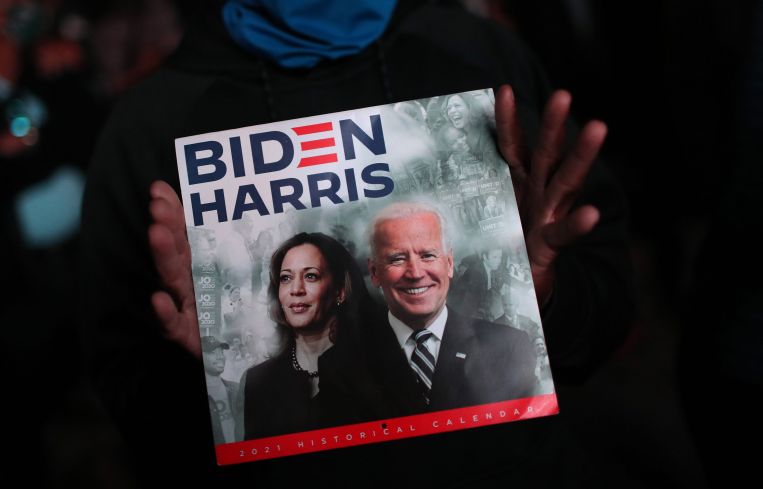Biden’s 1031 Exchange Proposal Fails the Math Test
By Bradley Tisdahl July 16, 2021 11:11 am
reprints
The Biden administration’s proposed tax plan paints a rosy picture of increased government revenue to fund key administration objectives, most notably an infrastructure deal.
The current iteration of the infrastructure bill puts the total around $1.2 trillion, down considerably from the original plan earlier in the year. A preliminary review of the administration’s revenue projections based on effectively eliminating 1031, or like-kind, exchanges on larger real estate sales suggests that the tax plan would fall dramatically short in helping to raise sufficient revenue to meet its infrastructure objectives.
To put it bluntly, the foundations of the administration’s proposals are based on pure fantasy. According to research done by Mountain Dell Consulting, tax revenue from 1031 exchanges in 2020 would have generated $1.3 billion total, if the proposed 39.6 percent capital gains tax were applied to those transactions (as would be the case if the 1031 was no longer in place). No such tax existed in 2020, which means there were no federal or state tax speed bumps on 1031 exchanges in that year.
The administration also assumes that, by 2023, tax revenues generated by effectively eliminating the like-kind exchange would equal $1.9 billion, a 46 percent increase over the hypothetical revenue compared to 2020. From this point on, with a transaction tax in place, the administration assumes a 3 percent increase in revenue year over year through 2031.
These assumptions are simply too general. The implied revenue generated from like-kind exchanges during the previous decade, had they been taxed at 39.6 percent, never would have exceeded $1.4 billion in any given year. Yet, the new proposal assumes transaction activity would actually increase, even with that substantial tax. That assumption is unreasonable. A tax of that magnitude would render like-kind exchanges partially inert, with most owners motivated to hold their assets longer term, relying on steady income generation. Only those owners with an underlying need would be likely to sell.
Yet, even if we ignore the inevitable cooling that a nearly 40 percent tax would have on like-kind exchanges, the math doesn’t add up. If the administration’s goals are to raise more than $1 trillion in tax revenue over the next 10 years, even with its generous assumptions, contributions from the total tax revenue from elimination of the 1031 exchange would equal $19.55 billion, or 1.6 percent of the total revenue needed to help meet the infrastructure investment needs.
While on the surface, nearly $20 billion is a staggering sum, it is still a rounding error compared with the $1.2 trillion needed to fund the infrastructure plan. Unless there’s a component to the proposed tax plan that has not been revealed thus far that would change the equation in a material way, the elimination of the like-kind exchange is immersed in politics more than reality.
(Side note: There are valid arguments to be made about the potential macro-level, long-term benefits to our national economic structure if we were to effectively eliminate 1031 exchanges — which originated nearly 100 years ago when the country faced a desperate need to invigorate real estate investing — but that is a separate, multi-layered thesis for another day.)
The reality is that the removal of the 1031 exchange today would have the greatest detrimental impact on multifamily and retail properties, as historically multifamily assets have represented just over half (51 percent) of all 1031 exchanges, while retail assets have represented one-sixth (16 percent). Not to mention that both asset classes are under incredible economic pressure resulting from the pandemic, with no quick fixes in sight.
A tax on like-kind exchanges would negatively impact real estate owners of both retail and multifamily assets at a time when the need for both is great, not just for owners, but also the communities that those assets serve. Couple that with the Biden administration’s excessively rosy assumptions regarding revenue to the federal government generated by the tax, and it’s clear that the elimination of 1031 exchanges, at this still-fragile point in our social and economic recovery, would further stall economic growth when it is needed most.
Bradley Tisdahl is chief executive of Tenant Risk Assessment, a tenant credit consulting firm.



